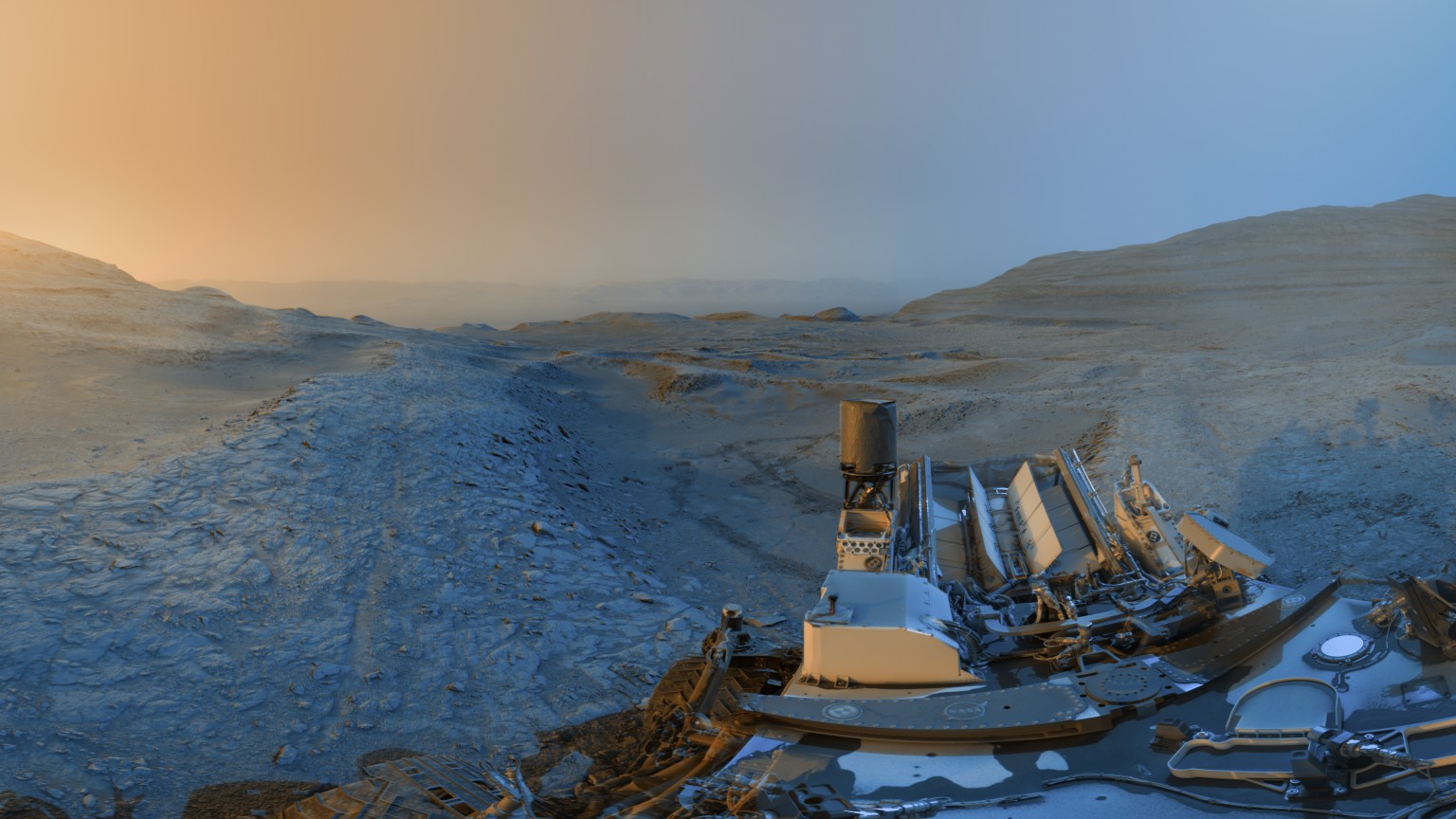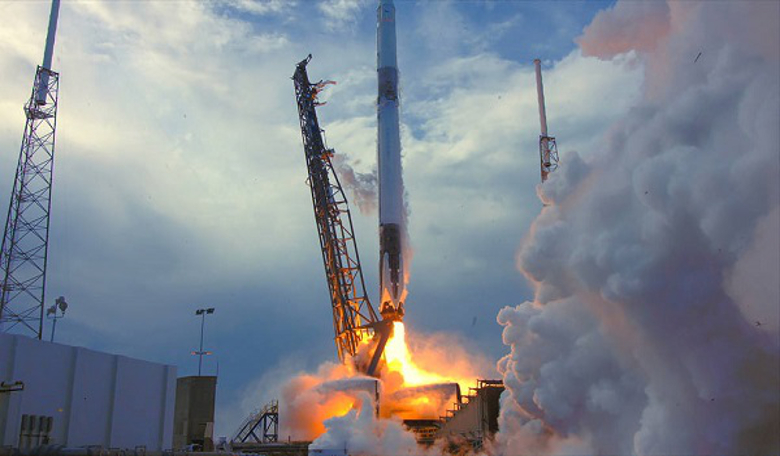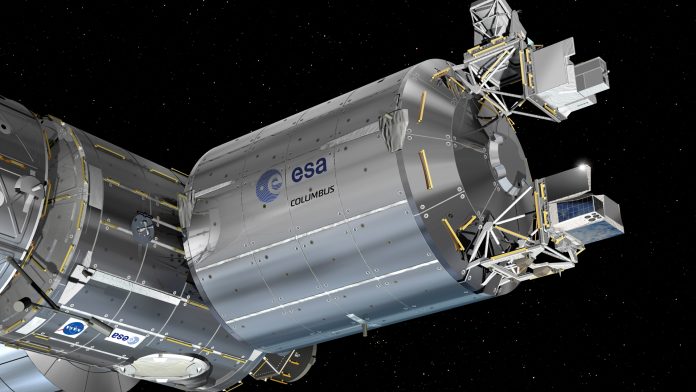Image of The Day
Browse NASA Image Archive


The Atmosphere-Space Interactions Monitor (ASIM) was successfully launched on April the 2nd by a SpaceX Falcon 9 rocket from Cape Canaveral in Florida. On board was equipment delivered by Prototech. Picture: ESA

The CRS-14 Dragon capsule rendezvous and berthed with the International Space Station after a two-day trek to the orbiting outpost. Capture by the robotic Canadarm2 took place at 6:40 a.m. EDT (10:40 GMT) April 4, 2018, while the orbiting complex was fly some 250 miles (400 kilometers) above southern part of the Democratic Republic of Congo. Picture: NASA

El INTA se ha responsabilizado del control térmico, la integración y pruebas del Monitor de Interacciones Atmósfera-Espacio.

The 14th SpaceX commercial resupply mission to the International Space Station that blasted off on 2 April has aboard some very interesting cargo amongst the supplies and equipment it is due to deliver. Picture: NASA

ASIM, the Atmosphere and Space Interactions Monitor, is a 314-Kilogram package taking up residence on the exterior of ESA’s Columbus module to employ a series of cameras, high-speed radiometers and specialized X- and Gamma-ray sensors to capture the ultra-fast signatures of Transient Luminous Events. Picture: Oleg Artemyev

The site Ingeniøren reports on the success of getting one of the most anticipated Danish space projects in years off the ground.

SpaceX has launched new technology to the International Space Station (ISS), with the RemoveDEBRIS mission to test different approaches to removing debris from the Earth’s orbit, while an international science package will study powerful lightning from space – Atmosphere-Space Interactions Monitor (ASIM). Picture: ESA-David Ducros

A mission with the climate observatory Asim has been successfully launched and is now on its way to the International Space Station (ISS). Picture: NASA

The ASIM-observatory has been launched for the International Space Station, ISS, 2 April 2018. ASIM will observe gigantic lightning and Gamma-ray flashes powered by thunderstorms. Picture: NASA